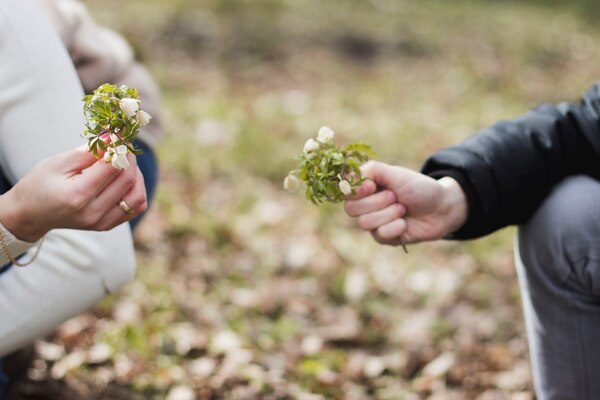Exploring Symbiotic Relationships in Modern Art
The interplay between different forms of expression has always been a cornerstone of artistic innovation. In recent years, modern art has increasingly explored symbiotic relationships, both within itself and with external disciplines. These intricate connections have opened new avenues for creativity, transforming not just the artwork but also the experience of the audience.
At its core, symbiosis in modern art is about collaboration and mutual enhancement. A prime example is the integration of technology with traditional mediums. Digital art has not only taken its distinct place but has also begun to interact with more classic forms like painting, sculpture, and installation. For instance, augmented reality (AR) and virtual reality (VR) applications now allow art enthusiasts to immerse themselves in dimensions that were previously unimaginable. This fusion creates an enriched experience, enabling artists to convey their messages in multi-layered manners that appeal to the senses in ways that a single medium alone could not achieve.

Another significant symbiotic relationship is between art and science. Contemporary artists often collaborate with scientists to create pieces that are both visually stimulating and intellectually provocative. This cross-pollination is evident in works that incorporate biological processes or environmental concerns, compelling viewers to think about complex issues through an artistic lens. Such integration not only broadens the scope of artistic topics but also democratizes scientific notions, making them accessible and emotionally resonant for a broader audience.
Furthermore, modern art is increasingly intertwining with the realms of performance and narrative. This relationship is vividly seen in immersive theatre and interactive installations, where the boundary between the observer and the observed becomes blurred. By involving the audience directly, artists create a dynamic relationship where the spectators become an integral part of the artwork, thereby creating a shared experience that is constantly evolving.
The resurgence of collaborative projects among artists from diverse backgrounds is another testament to the symbiotic nature of modern art. Artists today often work in collectives to blend their unique perspectives and skills. Such collaborations can be particularly powerful, breaking down barriers between different cultural and disciplinary traditions to create something that is more than the sum of its parts.
Moreover, the influence of social media and global connectivity cannot be ignored. Platforms like Instagram and TikTok have become spaces where visual art meets performance, storytelling, and even activism. These platforms allow for real-time feedback and global collaboration, fostering a sense of community among artists and audiences alike. The democratizing effect of social media amplifies voices that might otherwise go unheard, facilitating a more inclusive dialogue within the art world.
In conclusion, the exploration of symbiotic relationships in modern art is a testament to the boundless possibilities that arise when disciplines, mediums, and even ideologies intersect. This dynamic interplay enhances not only the creation and consumption of art but also deepens our engagement with the world around us. As technology continues to evolve and globalization further connects disparate realms of human experience, the symbiotic nature of modern art is likely to become even more pronounced, driving innovation and fostering a deeper, more inclusive understanding of what art can be.